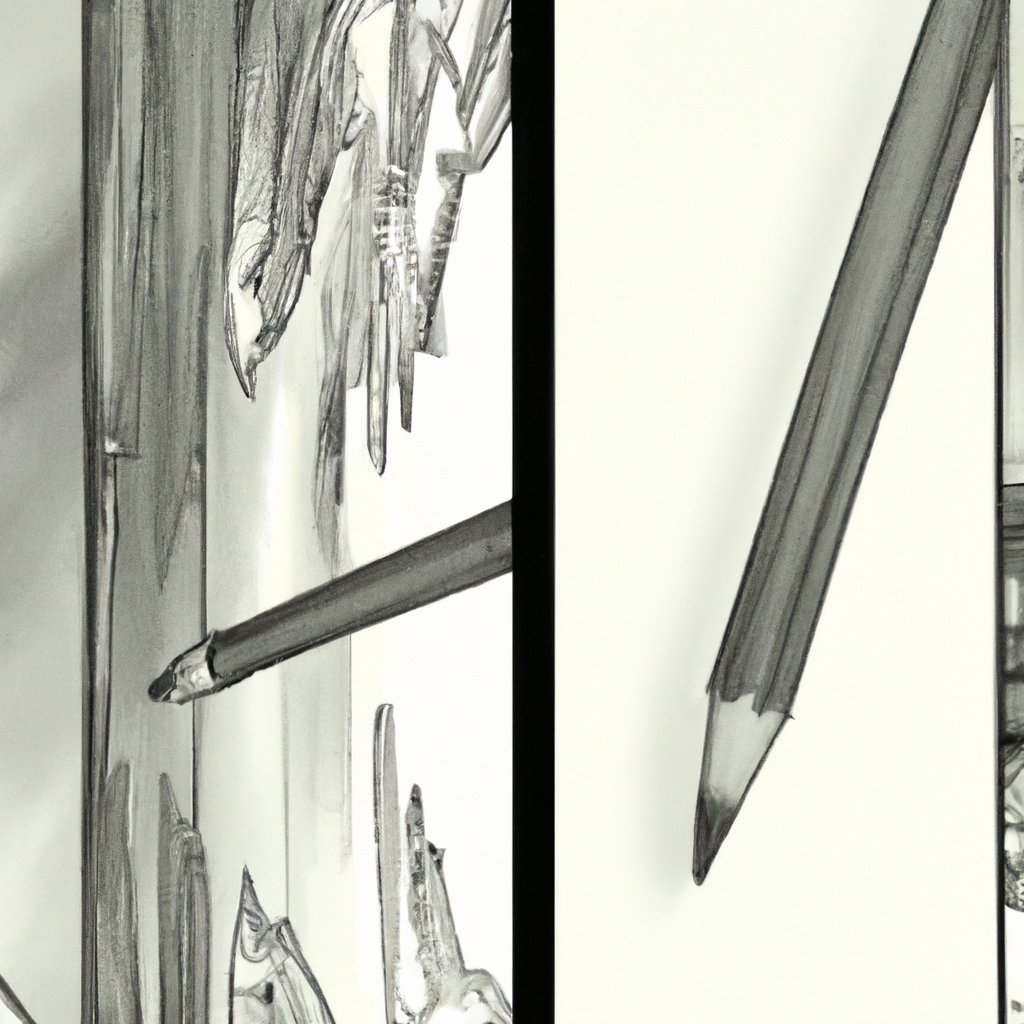Pencil sketching is an art form that is widely practiced by artists and enthusiasts alike. The process of creating a pencil sketch involves a series of steps that can seem daunting for beginners. However, with the right tools and techniques, anyone can learn how to draw sketches that capture the essence of their subject. In this article, we will explore the sketching process and the techniques involved in creating pencil sketches.
Tools Needed for Pencil Sketching
Before we dive into the sketching process, let’s first discuss the tools you will need to create pencil sketches. The basic tools needed for pencil sketching include:
– Pencils: A range of pencils of different hardness levels are needed for sketching. These include HB, 2B, 4B, and 6B pencils. The harder pencils are used for lighter lines, while the softer ones are used for darker lines.
– Eraser: A good quality eraser is essential for removing mistakes and refining details in the sketch.
– Paper: A good quality sketchpad or drawing paper is ideal for pencil sketching. The paper should have a smooth surface that allows for easy shading and blending.
Sketching Process
The sketching process involves a series of steps that are designed to help you create a detailed and accurate sketch of your subject. These steps include:
1. Choose your subject: The first step in the sketching process is to choose your subject. This could be a person, object, or landscape. Once you have decided on your subject, study it carefully to understand its shape, contours, and details.
2. Draw basic shapes: The next step is to draw basic shapes to create the outline of your subject. This could include circles, squares, or triangles, depending on the shape of your subject.
3. Add details: Once you have the basic shape, it’s time to add details. This includes shading, texture, and any intricate details that make your subject unique.
4. Refine the sketch: After adding details, it’s important to refine the sketch. This involves erasing any mistakes and refining the lines and details until you have a polished sketch.
Sketching Techniques
The following techniques can be used to enhance your pencil sketching skills:
1. Shading: Shading is the process of creating darker or lighter areas in your sketch to create depth and dimension. This can be done using different pencil pressures or by using a blending tool to blend the lines.
2. Cross-hatching: Cross-hatching is a technique that involves creating a series of intersecting lines to create a textured effect.
3. Stippling: Stippling is a technique that involves creating small dots or dashes to create a textured effect.
4. Hatching: Hatching is a technique that involves creating a series of parallel lines to create a shaded effect.
Tips for Creating Pencil Sketches
Here are some tips to help you create better pencil sketches:
1. Practice regularly: Pencil sketching is a skill that requires practice. The more you practice, the better you will become.
2. Study your subject: It’s important to study your subject carefully to understand its shape, contours, and details.
3. Use a variety of pencils: Using a range of pencils of different hardness levels can help you create a more detailed and accurate sketch.
4. Be patient: Creating a pencil sketch takes time and patience. Don’t rush the process, take your time, and enjoy the experience.
Conclusion
Pencil sketching is a rewarding art form that allows you to express your creativity and capture the beauty of your subject. By following the sketching process and using the right tools and techniques, anyone can learn how to draw sketches that are both accurate and beautiful. Remember to practice regularly, study your subject carefully, and be patient, and you’ll be on your way to creating stunning pencil sketches in no time.







